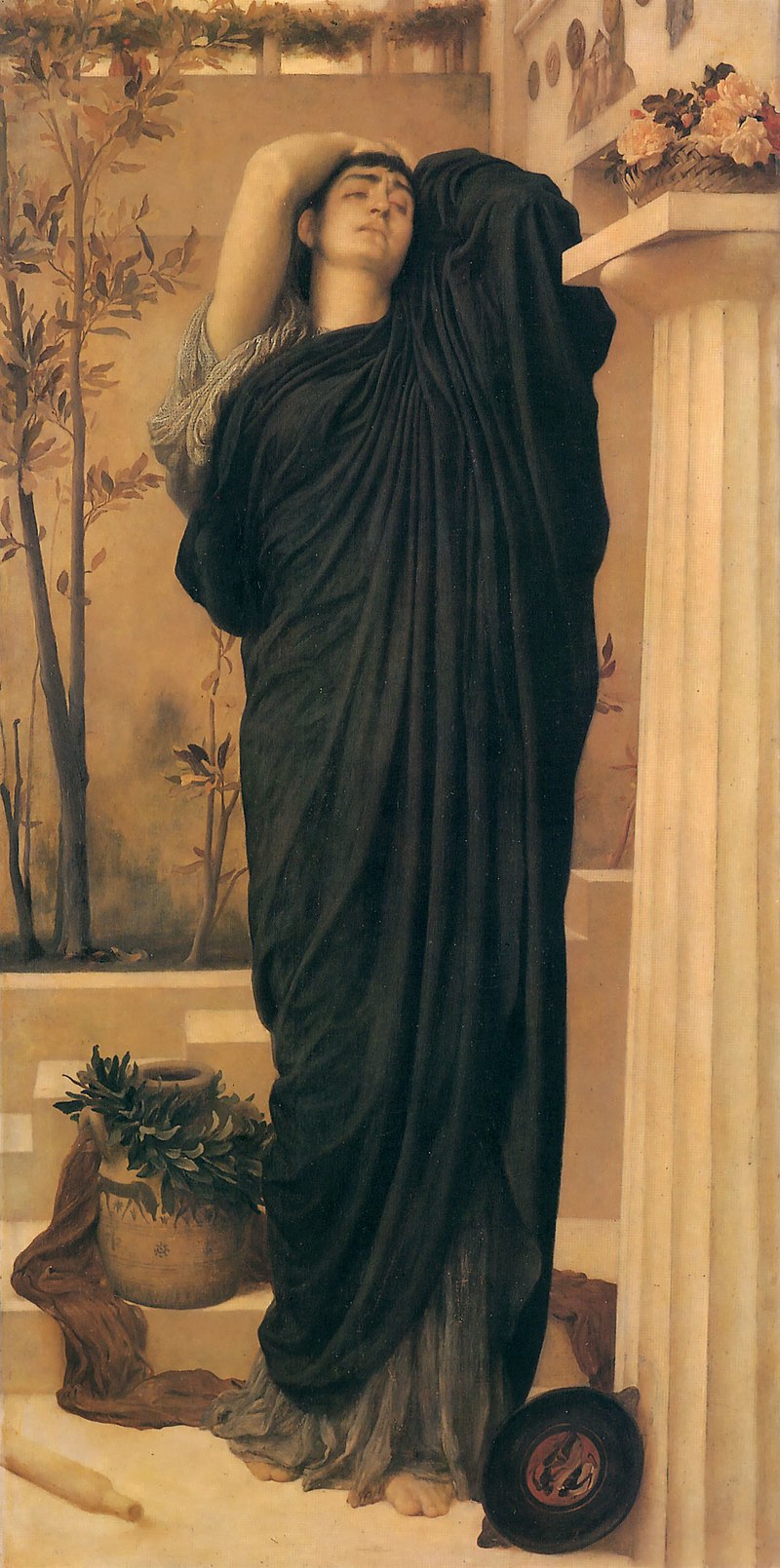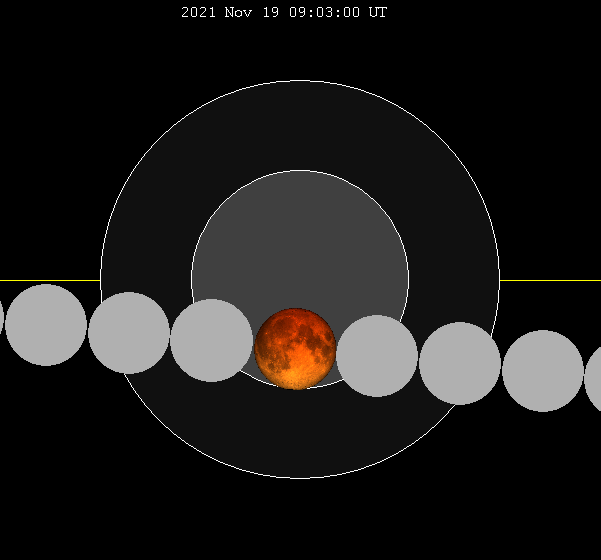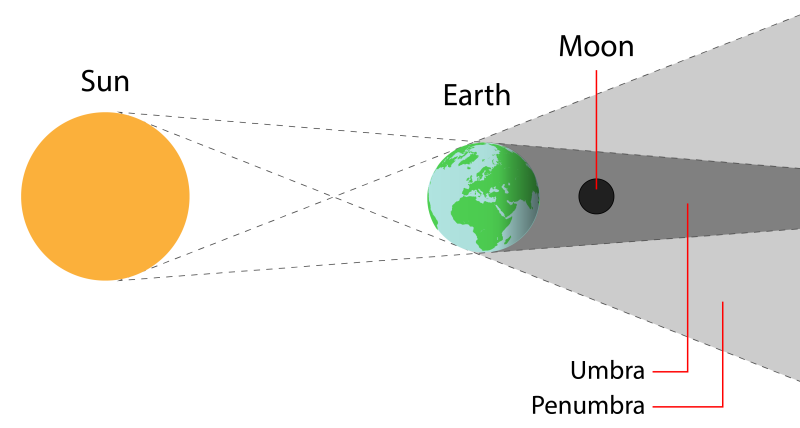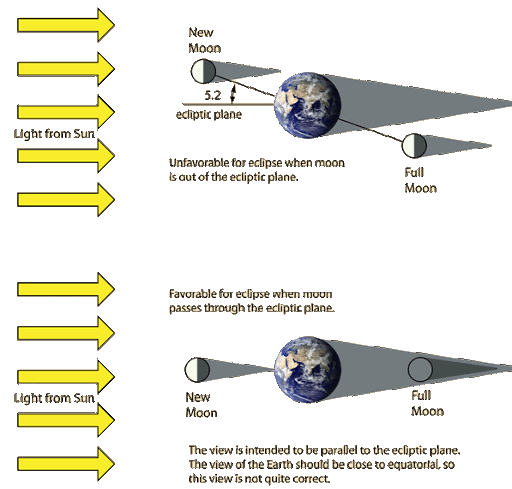
Electra: The other complex
"The Oedipus Complex," devised by renowned Swiss psychologist Sigmund Freud (1856-1939), refers to the famous story about Theban king Oedipus. For the benefit of those unfamiliar with this sordid tale, we offer a brief synopsis. Oedpius was the only son of Laius, king of Thebes, and his wife Jocasta. Unfortunately for the infant, Laius learned of a prophecy stating that his son would kill him and then marry his wife. Laius promptly punctured the baby's foot and exposed him on a mountainside,hence the name Oedipus, meaning "swollen foot." Oedpius was saved by shepherds and given to a kindly couple who raised him as their own child. Years later, as Oedipus was en route to Thebes, he encountered Laius and his entourage on a road. Laius contemptuously demanded that Oedipus step aside to make way for the king. Oedipus, not being overly fond of supercilious sovereigns, obstinately remained in place. Laius drove forward and ran over Oedipus' foot in the process. The enraged Oedipus slew him and all but one member of his party, who fled in terror from the scene. Oedipus then proceeded to Thebes where he encountered the Sphinx who had been terrorizing the city's citizens. (In fact, when he encountered Oedipus, Laius had been traveling to Delphi to consult with the pythoness about how best to cope with the Sphinx) The Sphinx asked each traveler a riddle. If they didn't solve it, the Sphinx would devour him/her. Oedpius was the first to answer the riddle correctly. The distressed Sphinx then committed suicide. As a reward, Oedpius was allowed to marry the recently widowed Jocasta, thereby fulfilling the prophecy. Freud's "Oedipus complex' is the supposed stage in a boy's development in which he is attracted to his mother and consequently desires to kill his father.
One must wonder, is there a corresponding complex relating to daughters? Yes, actually. Devised by Freud's contemporary -and eventual adversary- Carl Jung (1875-1961), a girl's subconscious desire to kill the mother so as to have relations with the father is known as the 'Electra Complex' The name derives from Electra, the daughter of Agamemnon, king of Argos. However, Electra's situation was far different from that of Oedipus, who unknowingly killed his father and married his mother. While Electra never married her father, she certainly intended to kill her mother in order to avenge her father's murder.
Agamemnon, the brother of Menalaus, the cuckolded husband of Helen, was one of the greatest Greeks who participated in the Trojan War. He had gathered an armada which he intended to launch toward Troy. However, prevailing winds prevented his ships from leaving the port. He learned that these winds were conjured by the moon goddess Artemis, who wanted to punish Agamemnon for having slain one of the stags that roamed through her sacred grove. A seer informed Agamemnon that he would have to sacrifice his daughter Iphegenia in order to placate Artemis, who would then allow the winds to subside. Miserably, Agamemnon killed his own daughter as instructed and the armada then left the port. When Agamemnon returned from the war ten years later -in the company of his prophetic mistress Cassandra- his wife (and Helen's half sister) Clytemnestra and her lover Aegisthus murdered him and Cassandra to avenge Iphegenia's death.
Seven years after Agamemnon's death, his son Orestes returned from Athens and, aided by his sister, Electra, snuck into Clytemnestra's home. In one version, their entry awakened Aegisthus who dueled with Orestes. While Orestes fought and ultimately defeated Aegisthus, Electra rushed into her mother's bedroom and killed her in her sleep. The furies, those fearsome creatures who avenge foul crimes such as patricide, plagued Orestes, but, curiously, left Electra alone. Orestes was eventually spared after a trial was conducted to determine the degree of his culpability. It was decided that his actions on behalf of a slain parent justified the killing of another, even though Electra, herself, killed his mother. The sequence of revenge killings ended with Clytemnestra and Aegithus' deaths and so, naturally, the story draws to a close
THE SOUTHWORTH PLANETARIUM
70 Falmouth Street Portland, Maine 04103
43.6667° N 70.2667° W
Altitude: 10 feet below sea level
Founded January 1970
Julian Date: 2459261.18
2020-2021: XC
THE DAILY ASTRONOMER
Monday, February 15, 2021
Exploratorium XXIII: November 2021 Lunar Eclipse I
Time
November 18 - 19, 2021
Location
Earth
During today and tomorrow's Exploratorium*, we'll propel ourselves into the future, though only by a matter of months. We're preparing for the next lunar eclipse that will be wholly visible from our part of Earth. Wednesday, we'll embark on a more ambitious temporal excursion by skipping around a Saros cycle. (More about this matter on Wednesday.)
On the night of November 18-19, 2021, the full moon will pass through Earth's inner shadow, a region called the umbra. Although this event will technically be a partial lunar eclipse, it will still look very much like a total lunar eclipse. At the time when it is almost fully immersed in the umbra, the moon will still exhibit a reddish glow.
We offer the following timeline specific for Portland (ME):
November 19, 2021:
1:02:09 a.m. PENUMBRAL ECLIPSE BEGINS
Not much to see at this point. The full moon begins to enter the penumbra, the outer part of Earth's shadow. The moon's brightness experiences only slight diminishment even when fully immersed in the penumbra. The visible part of this event begins when the moon first contacts the umbra.
2:18:42 a,m. UMBRAL ECLIPSE BEGINS
At this moment, one will first see a small arc of dark shadow projected onto the full. This shadow slowly expands until it almost covers the entire moon at the point called maximum eclipse.
4:02:55 a.m. MAXIMUM ECLIPSE
This event is technically a partial lunar eclipse, so we shall not experience totality. Maximum eclipse marks the moment when the moon is covered by as much of the umbral shadow as possible. At the moment of maximum eclipse, about 97.4% of the moon's angular diameter will be covered by the umbral shadow. Consequently, only a minute sliver of the moon will remain outside the umbra. As we can see in the above image, the moon glides through the lower section of the umbra.
5:47:04 a.m. UMBRAL ECLIPSE ENDS
The visible part of the eclipse ends. By this time the sky will have already started to brighten due to nautical twilight, which begins at 5:34 a.m. The penumbral eclipse continues until 7:03:40 a.m. However, the moon will set at 6:51 a.m. rendering it invisible to us, anyway. Then again, as mentioned previously, a penumbral eclipse isn't visible, anyway.
The graphic above shows a simplified, not-to-scale model of a lunar eclipse. Earth's tapering shadow cone extends about 840,000 miles into space. So, when the full moon is aligned with the ecliptic, the plane connecting Earth and the Sun, it will invariably pass through at least a part of this shadow, as the moon's distance cannot currently exceed 260,000 miles.
We don't experience lunar and solar eclipses each month because of the moon's inclination angle (5.1 degrees) relative to the ecliptic. Generally when the moon is full or new, it will pass either north or south of the ecliptic plane and no eclipse will occur. Only when the moon is at or close to a node, the intersection between the moon's plane and the ecliptic, when anew (at conjunction) or full (at opposition) will an eclipse happen. At times, the eclipse will only be partial, as, for instance, when the moon passes through only part of the umbra or penumbra or when the new moon moves across only a part of the Sun.
Tomorrow, we'll continue our lunar eclipse discussion, which will include the all-important Saros cycle.
*We split some articles into two parts due to the number of images we use in then. The system doesn't like image-laden posts and often rejects them.
To subscribe or unsubscribe from the Daily Astronomer:




